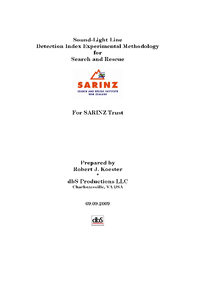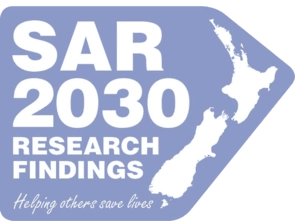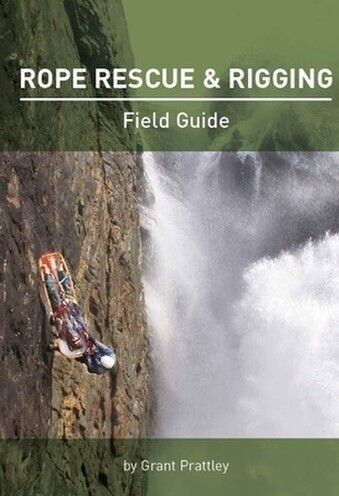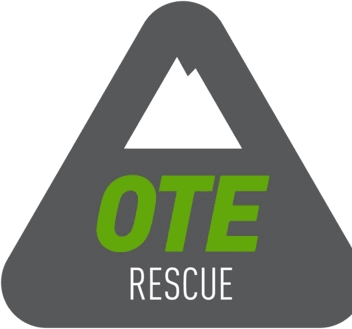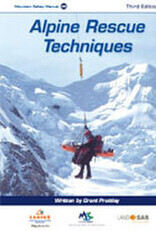Through extensive research, development, testing, investigation, and data collection and analysis activities, SARINZ supports R&D projects that advance Search and Rescue, improve emergency response and enhance knowledge and training within the sector. The following are a sample of the consultation, research or development projects we have undertaken or contributed to.
ACR field aide-memoir
In 2023, the SARINZ Trust co-funded with Land Search and Rescue a project by Alpine Rescue Canterbury (ACR) to produce an A6, bound, waterproof, quick reference field pocket resource for NZ Alpine Cliff Rescue teams to use during SAROPs.
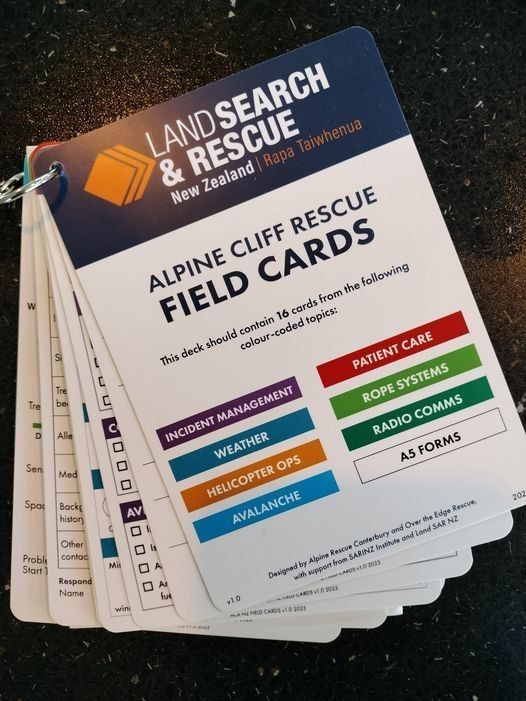
Land Search and Rescue National Hui
In March 2023, the SARINZ Trust supported the Land Search and Rescue National Hui with two separate applications. The National Hui is an opportunity for SAR practitioners to come together, share learnings and insights and contribute to organisational best-practice.
A donation to support the attendance of volunteer presenters. This reduced their attendance fee in recognition of their time to present.
Co-funded the nationwide roadshow events of Robert 'Skip' Stoffel and Brett Stoffel (ERI) to share updates on land search management practices, international perspectives and lost person behaviour.
Cave rope rescue - lightweight testing
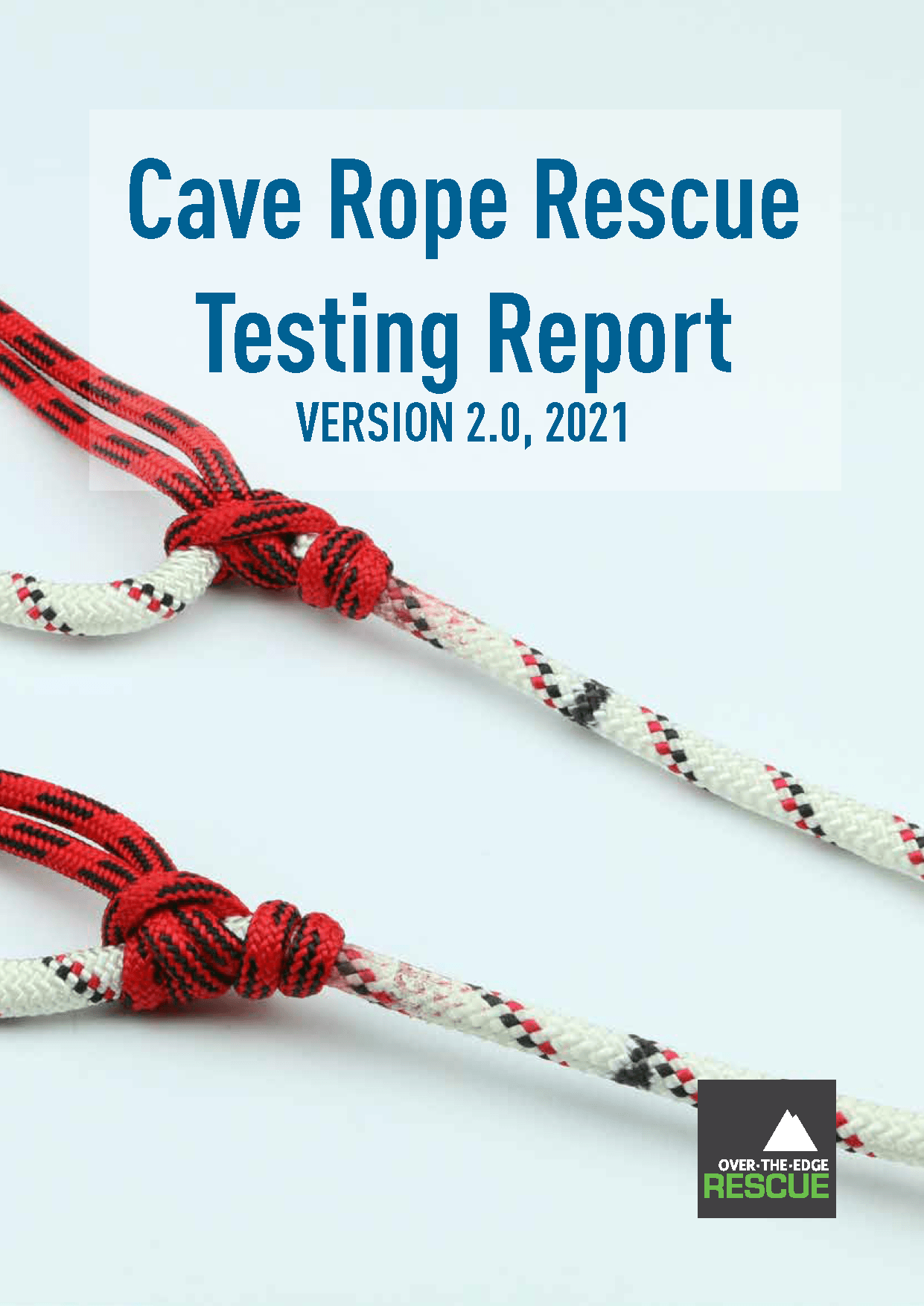
Any rescue system, particularly a move to lighter weight systems needs to be backed up by rigorous testing to ensure all safety standards and process are met.
In 2020/21, we co-sponsored another round of testing to confirm the suitability of the system CaveSAR were using.
Elements of this testing have gone on to inform training delivered by Land Search and Rescue.
Sound and Light Detection Index Experiment
The POD Trial conducted in Tasman, New Zealand were the first trial of its type anywhere in the world using un-alerted searchers and un-alerted subjects (ie: the trial was conducted as close to operational reality as possible). The data is directly applicable in an operational context, where both the searcher and subject will be unaware of each other until some form of contact is made (voice, whistle, light).
This is the first report in the land search literature of both elements (searcher and subject) of a two-way detection problem. It also, however, represents only a pilot experiment. The true value of the experiment will only be realized with follow-on experiments conducted in different terrains and correction factors (wind, rain, hearing, etc.) determined. Once the additional work is accomplished, the research can move from a research and development phase to actually helping search planners to make practical decisions in the field.
Future Trends Influencing Search and Rescue
This report aims to identify foreseeable patterns and trends in NZ SAR incidents and operational responses through to 2030. Methods included analysis of secondary data sources (primarily demographic projections, incident records) and a review of relevant literature, supported by primary data collection.
The primary objectives of the research are to:
- Assess how the structure (age, experience, skills and location etc.) of NZ's SAR volunteer response will be affected by projected population changes to 2030
- Identify changes in the nature of SAR callouts (operations) over the next 20 years
- Identify how these changes will impact on the training needs of the SAR sector
The report is available in four parts plus the presentation.
- Key Findings: Executive Summary Report. 500kb
- Summary Report: Key expert findings. 400kb
- Volume 1: Baselines & trends, demand analysis and detailed projections. 2.8mb
- Volume 2: Profiles of SAR agency capability. 1.3mb
- Presentation of the findings to the SAR Sector in Wellington. 2.4mb
Virtual SAR
SARINZ have provided information and support to Virtual SAR for the development and release of smart phone applications. Available for both Android and Apple.

Vector Forces Guide
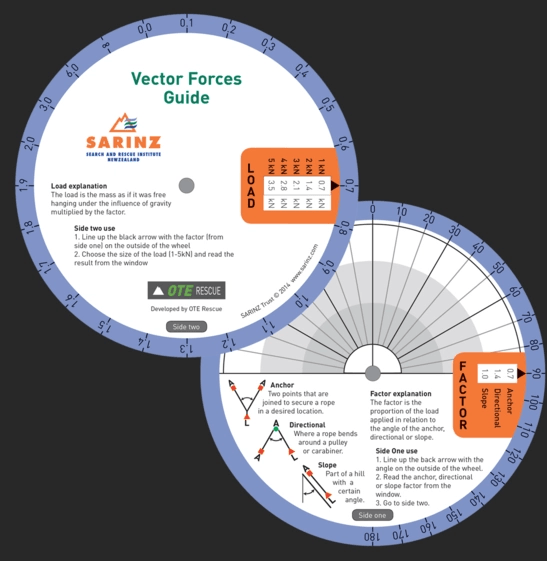
SARINZ sponsored the development of the Vector Forces Calculation Guide (VCFG) to incorporate a protractor for better assessment of angles and aligned the text with the relevant windows. Now even easier to use!
Primarily designed as a training tool, it allows users to quickly establish the angles of anchor connections, slope and directional forces and calculate the corresponding load/force.
OTE - Rope Rescue & Rigging field guide
Antarctica NZ - AntNZ
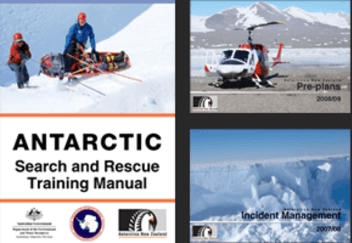
SARINZ project managed and developed of several technical manuals for use in Antarctica, including;
- Antarctica Search and Rescue Manual - AntNZ, USAP, AAD 2007 & 2008
- Antarctica Emergency Pre-Plans 2008/2009
- Antarctica Incident Management Guidelines 2008/2009
Mountain Safety Council
Alpine Rescue Techniques
SARINZ project managed and developed the updated and improved Alpine Rescue Techniques
Mountain Safety Manual 36, third edition published 2008
